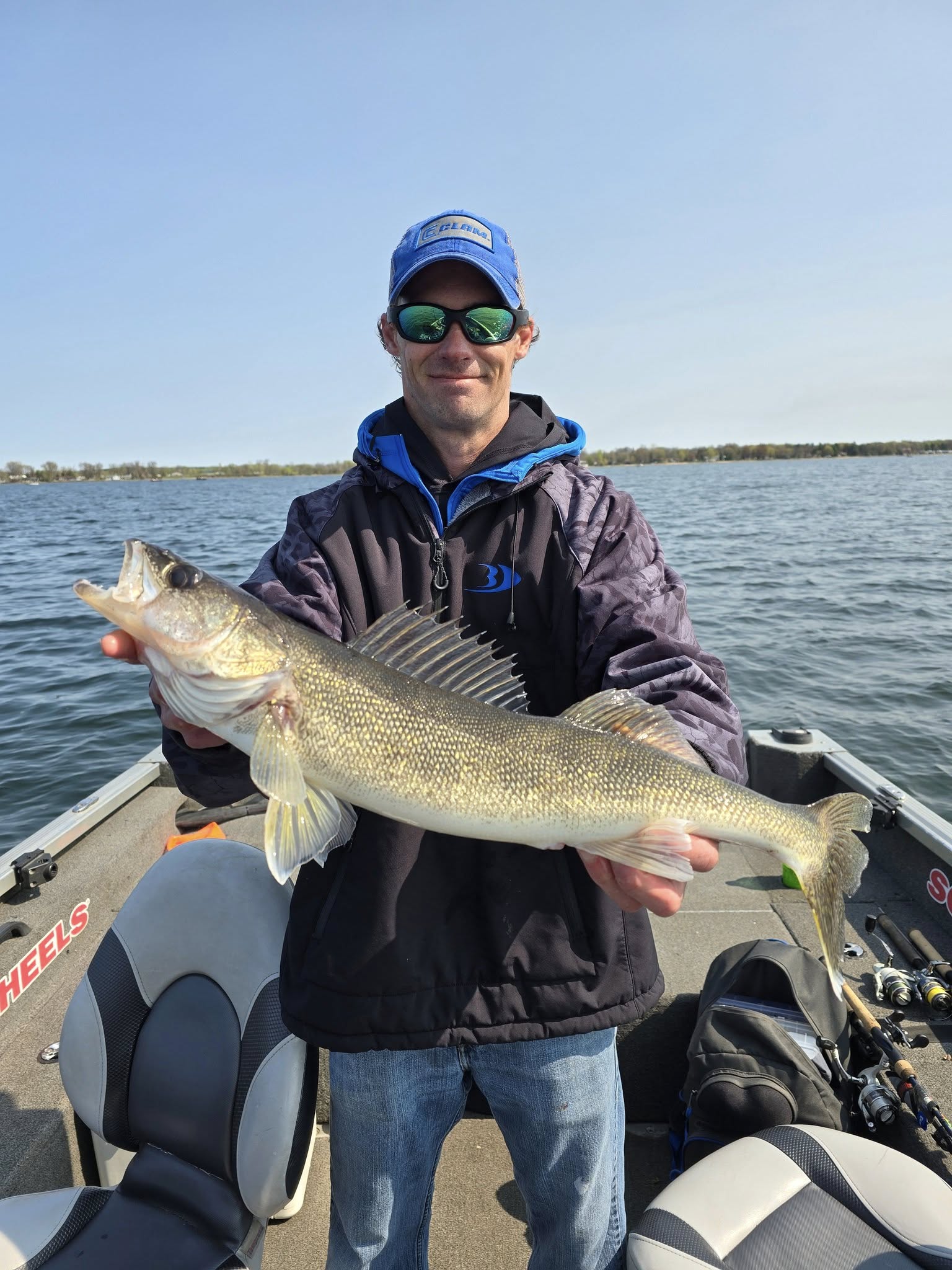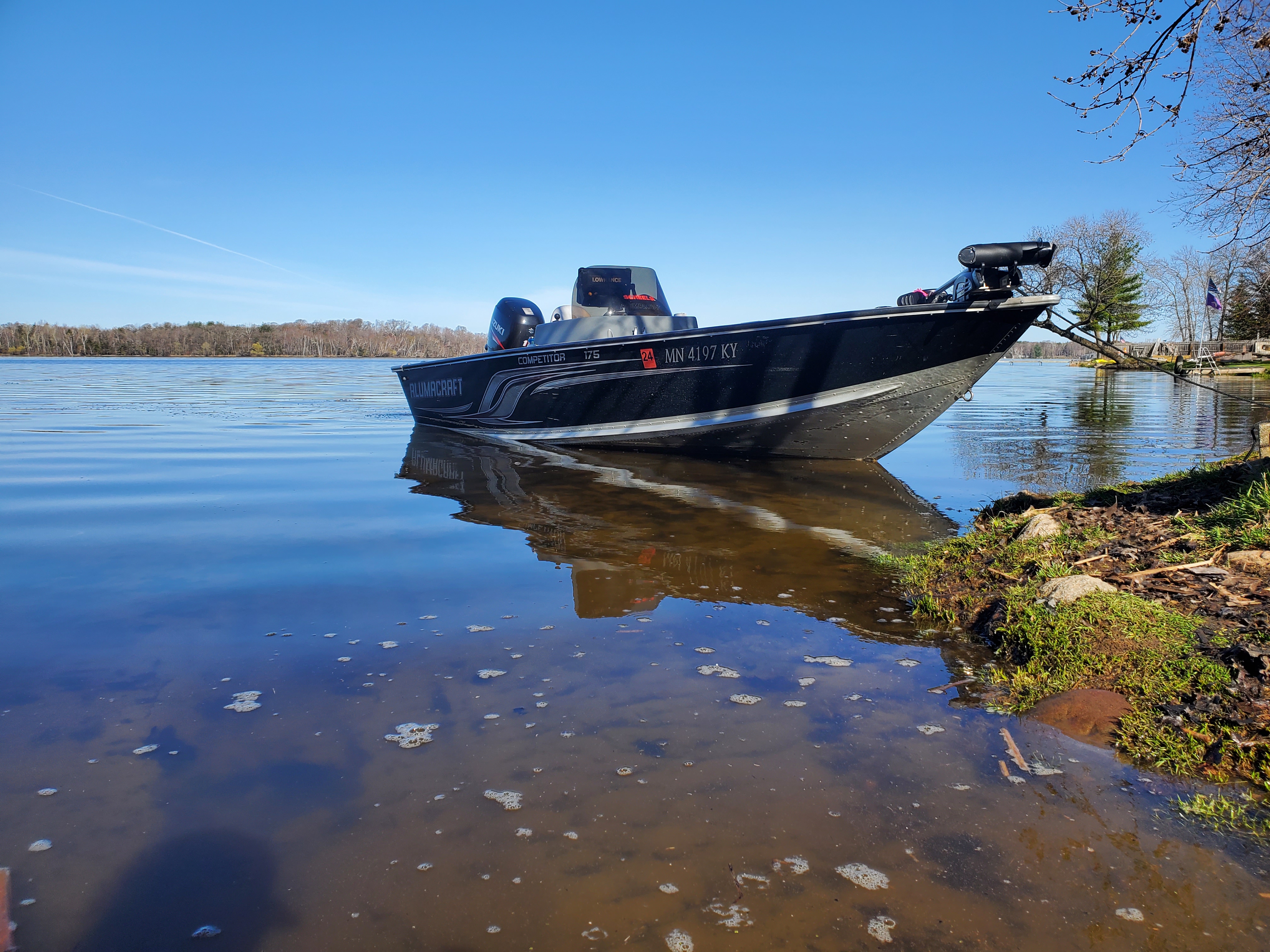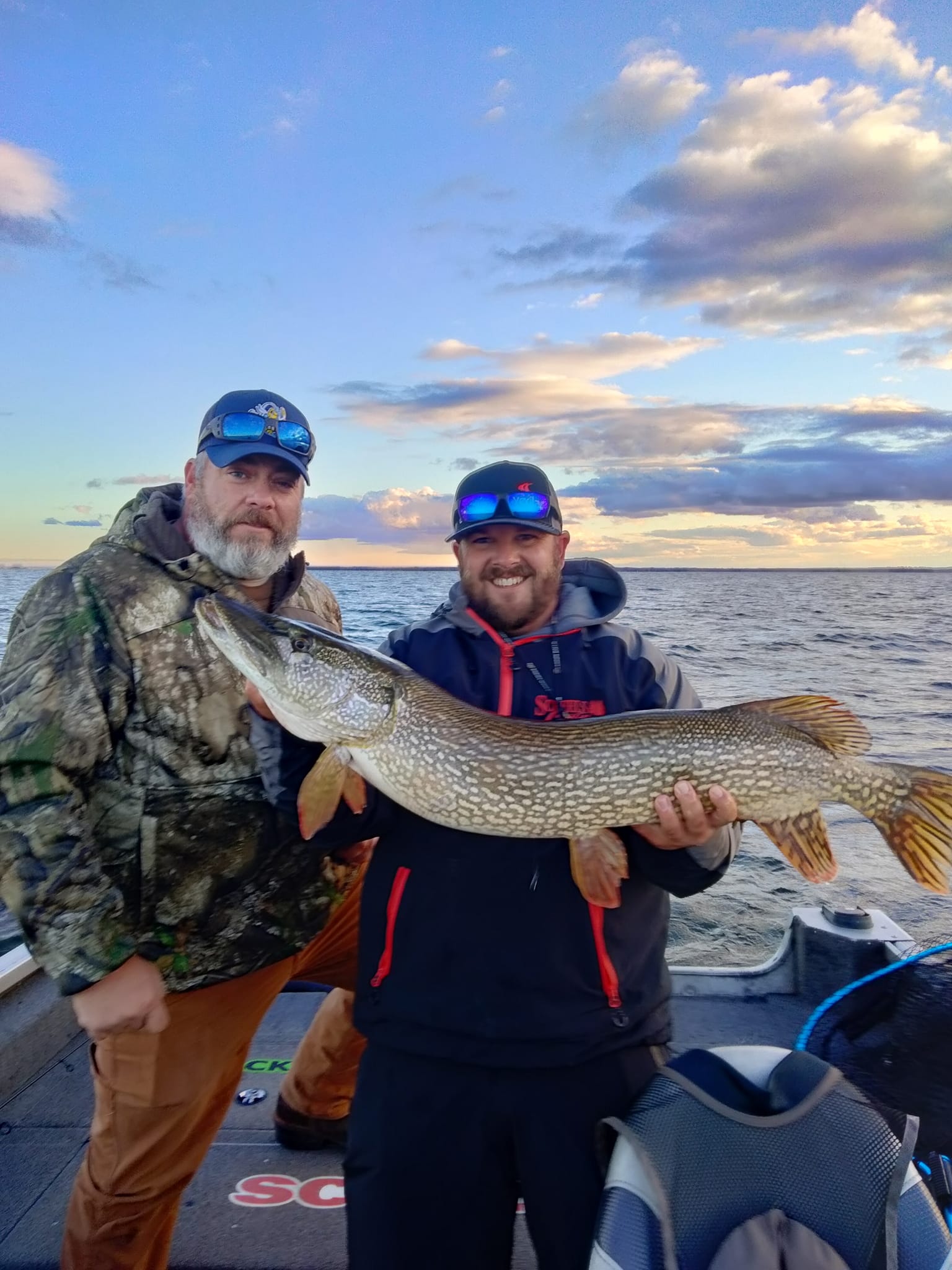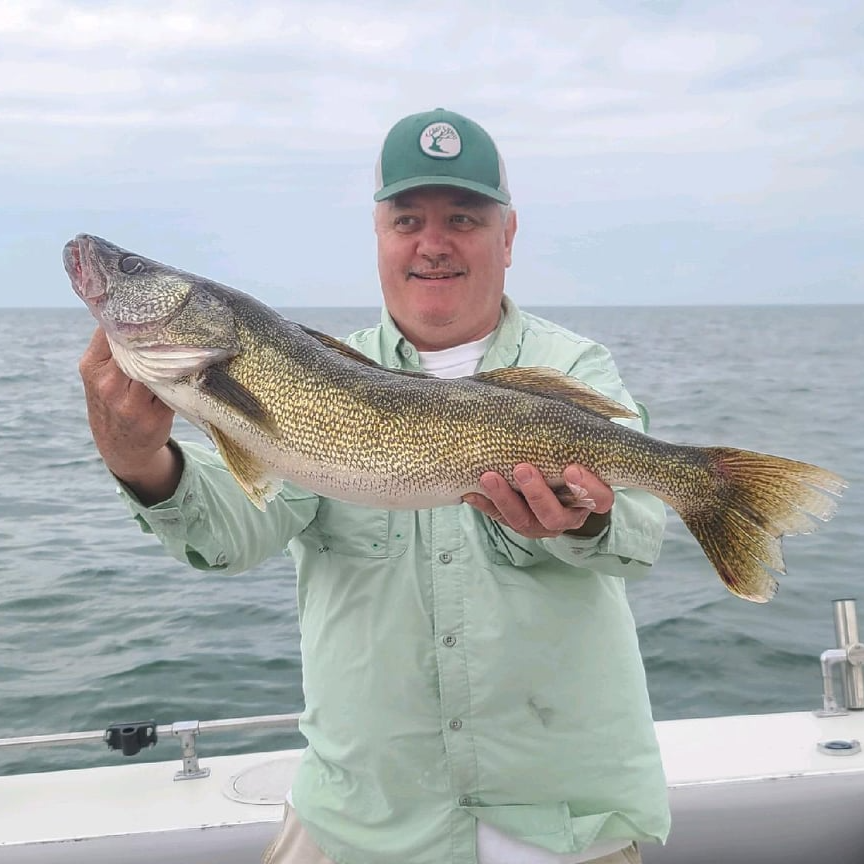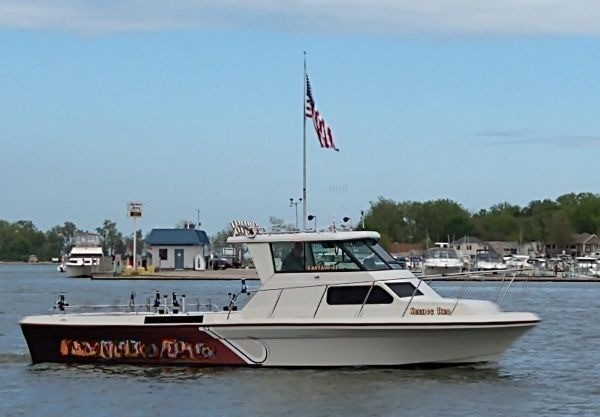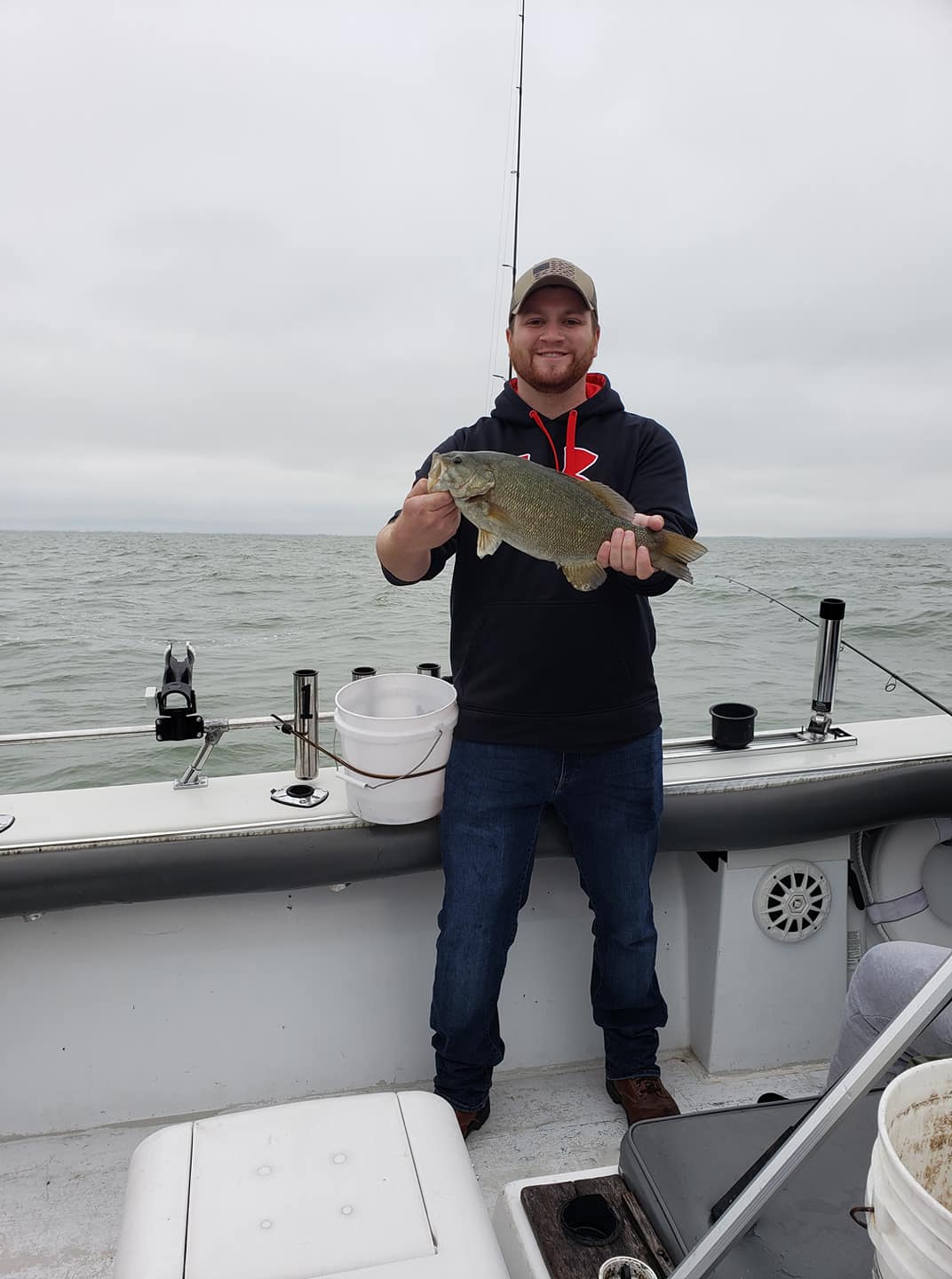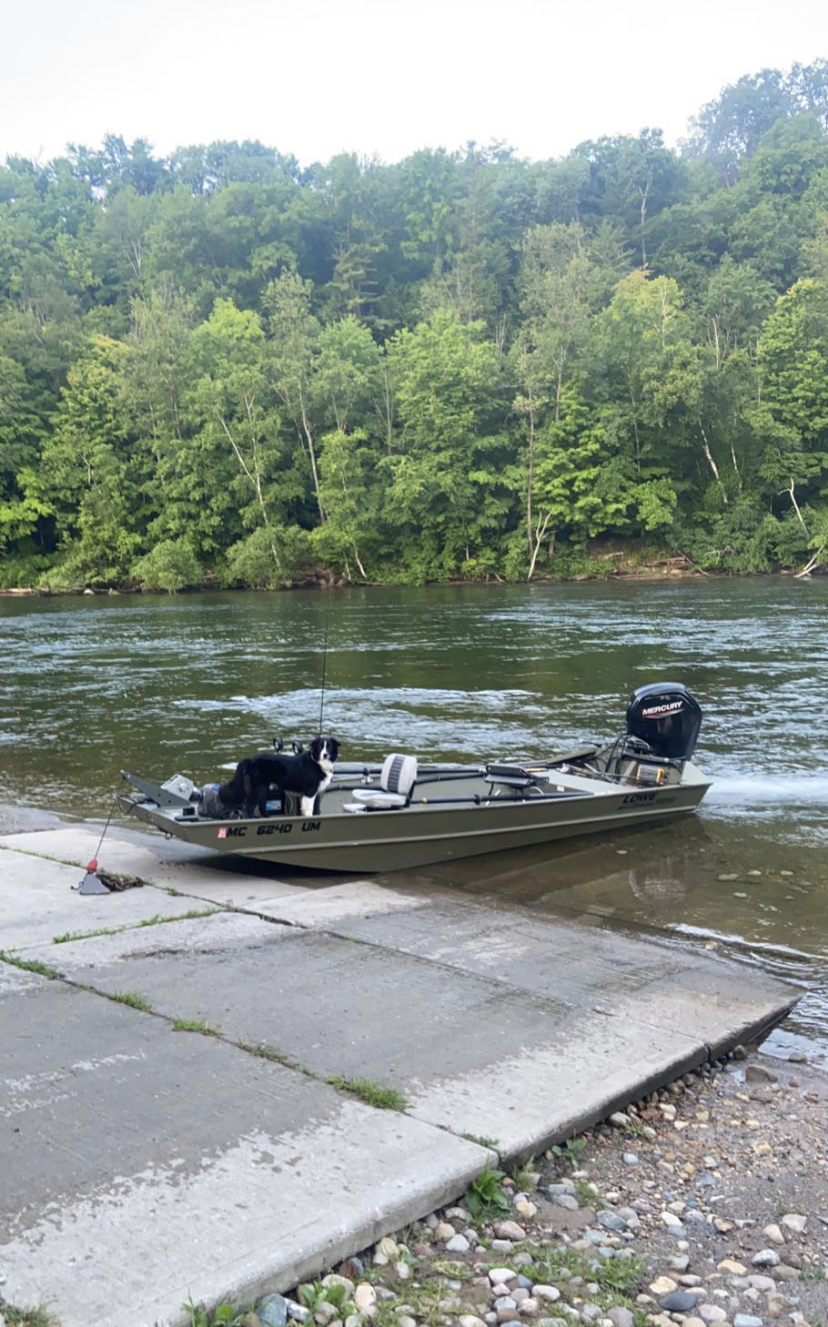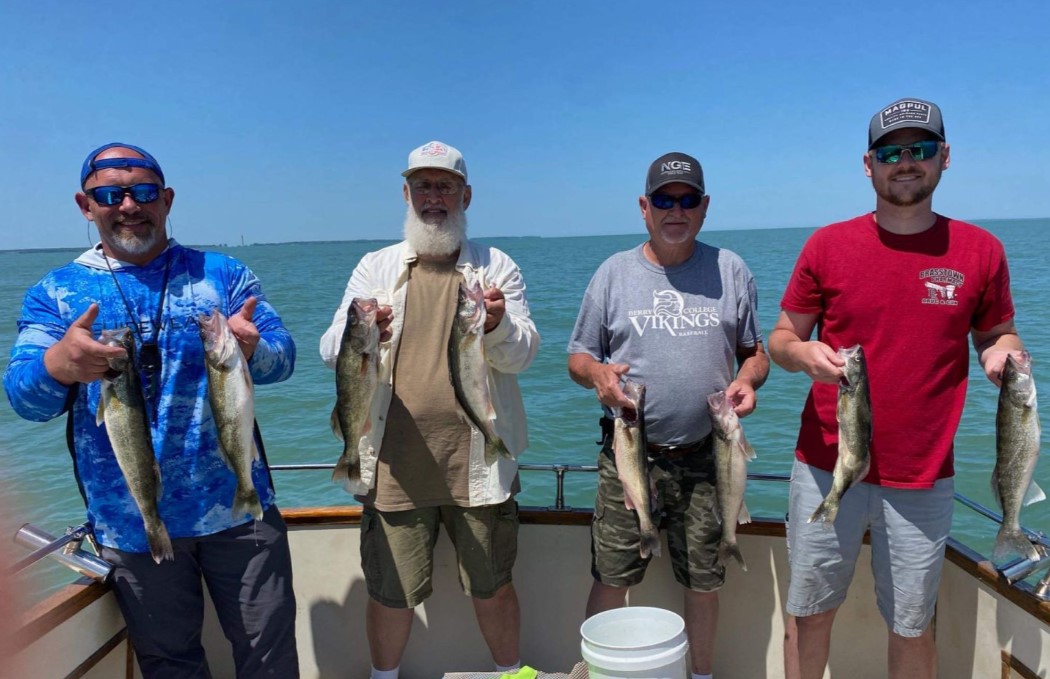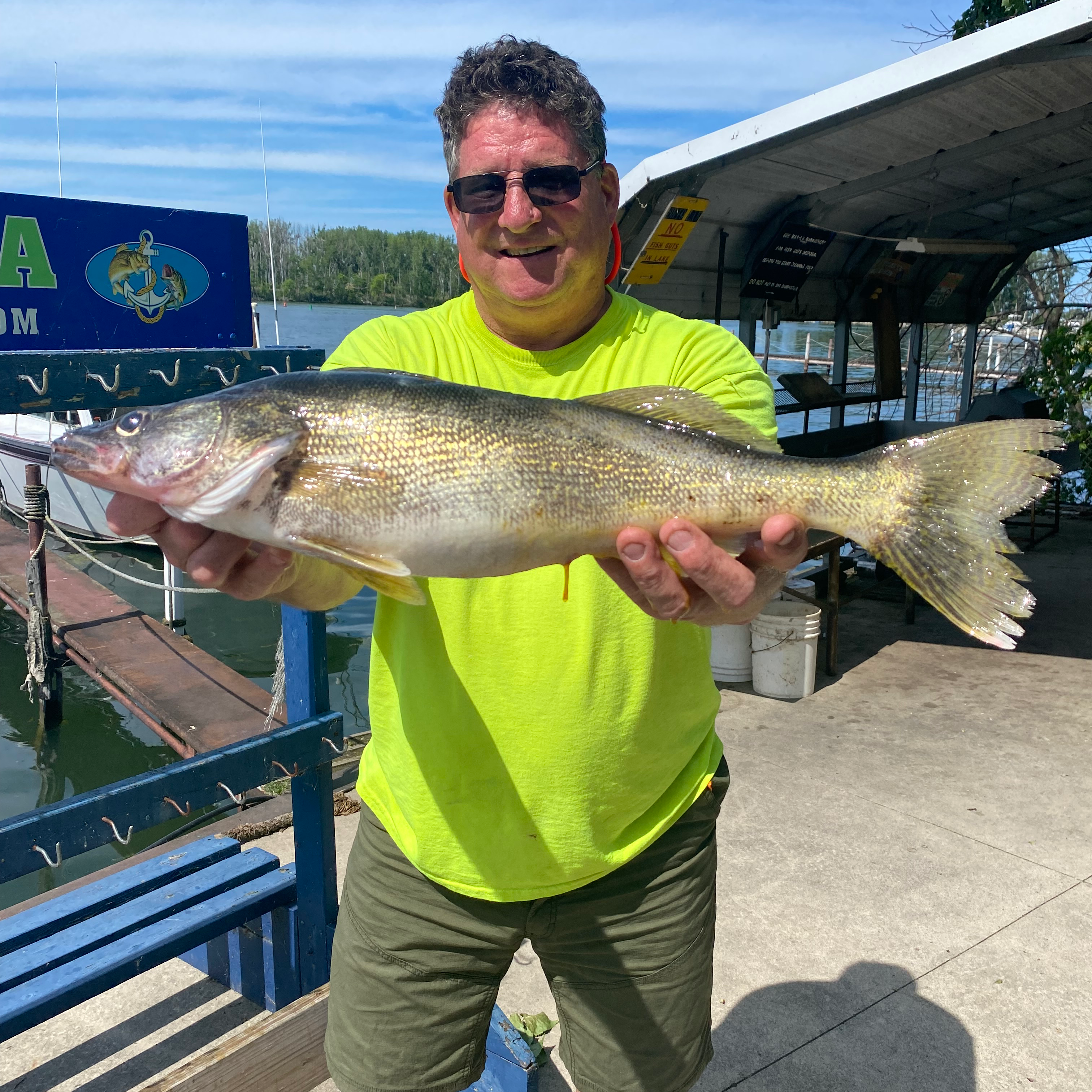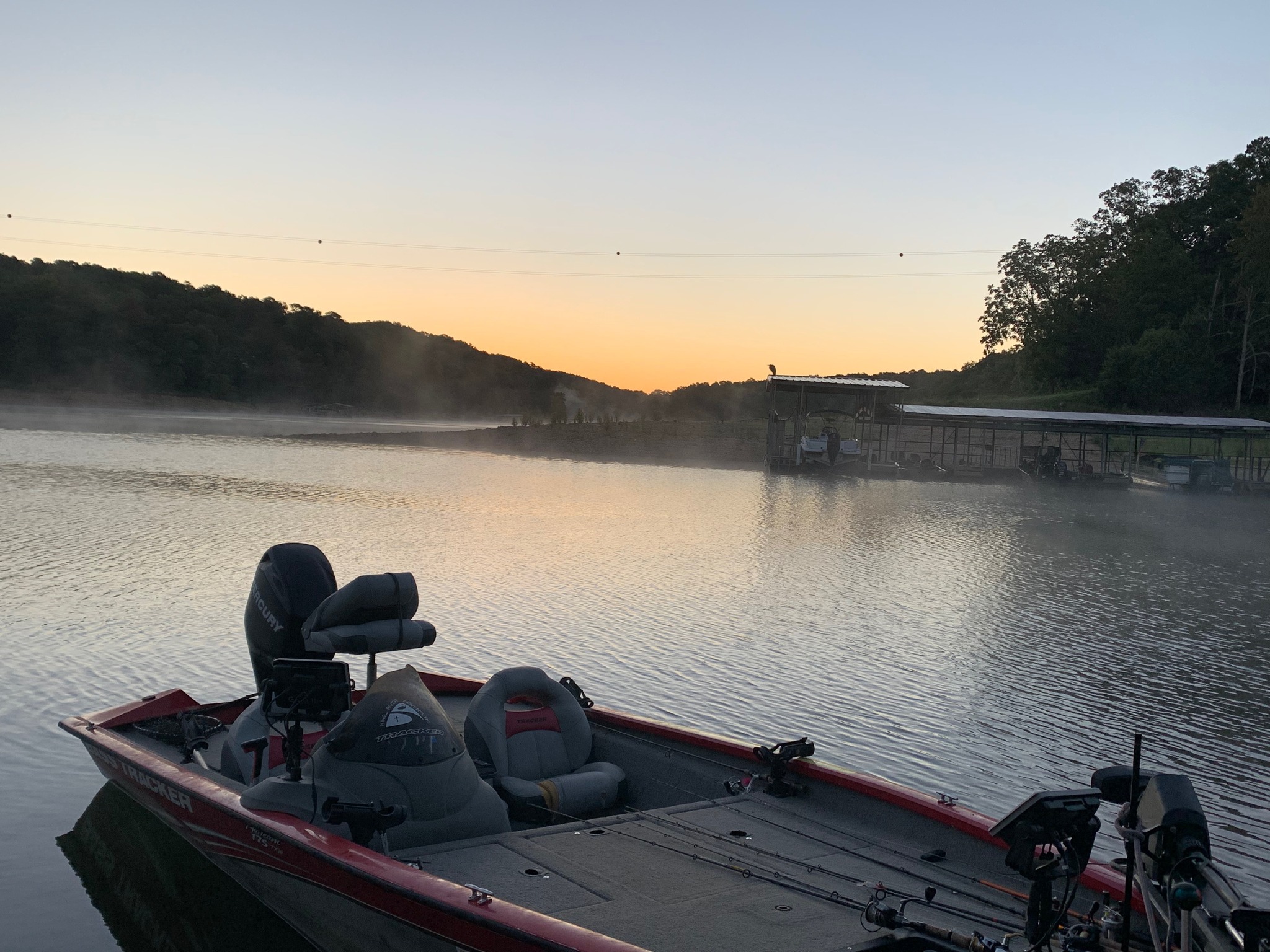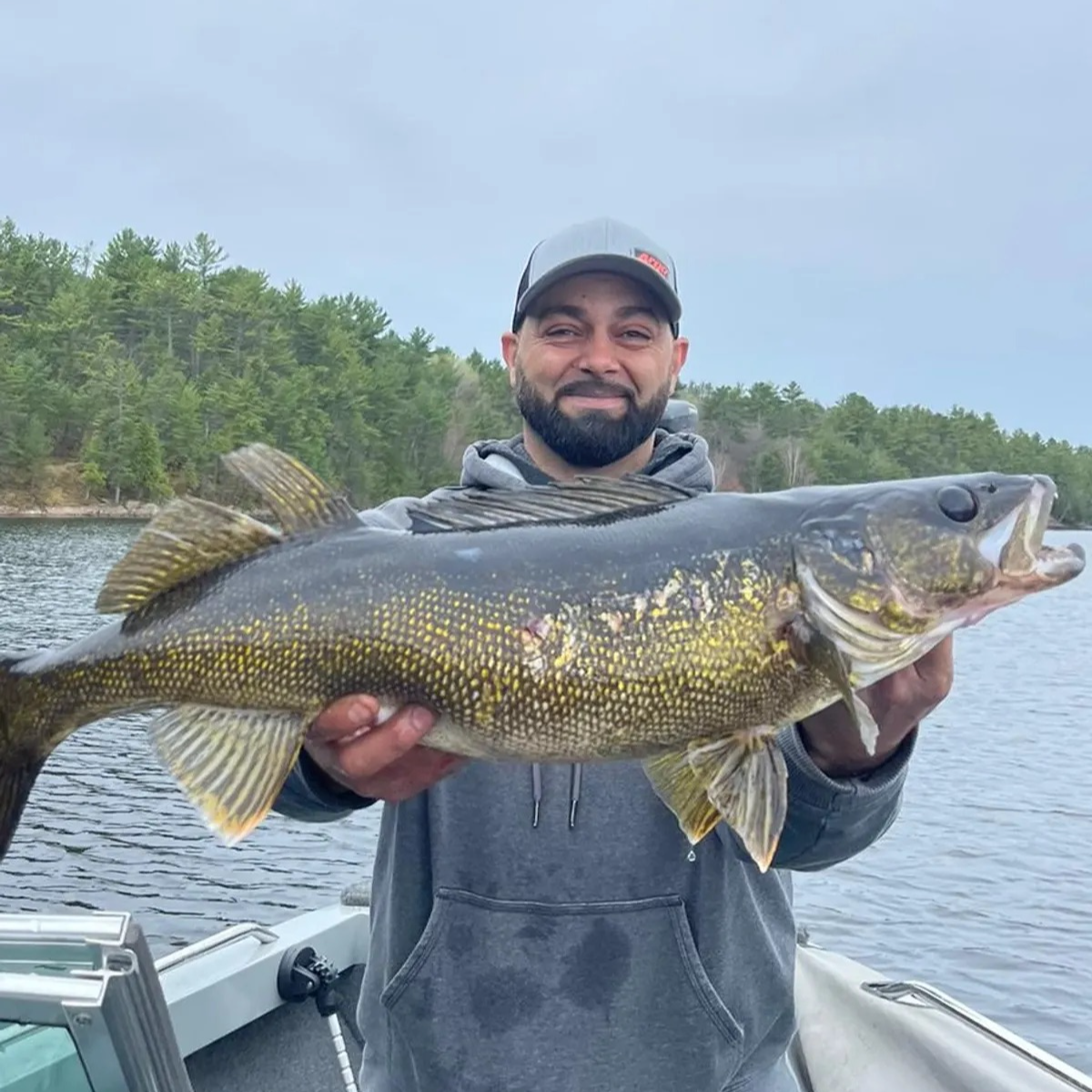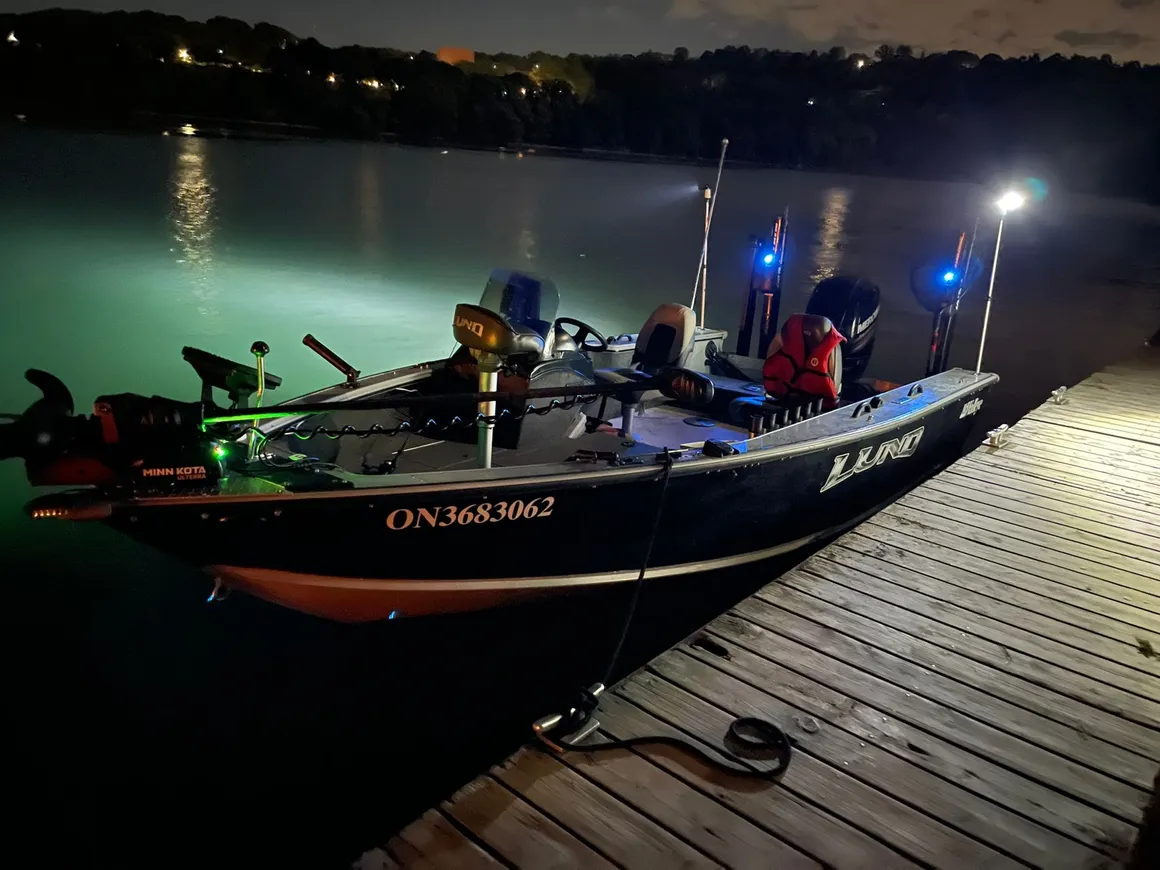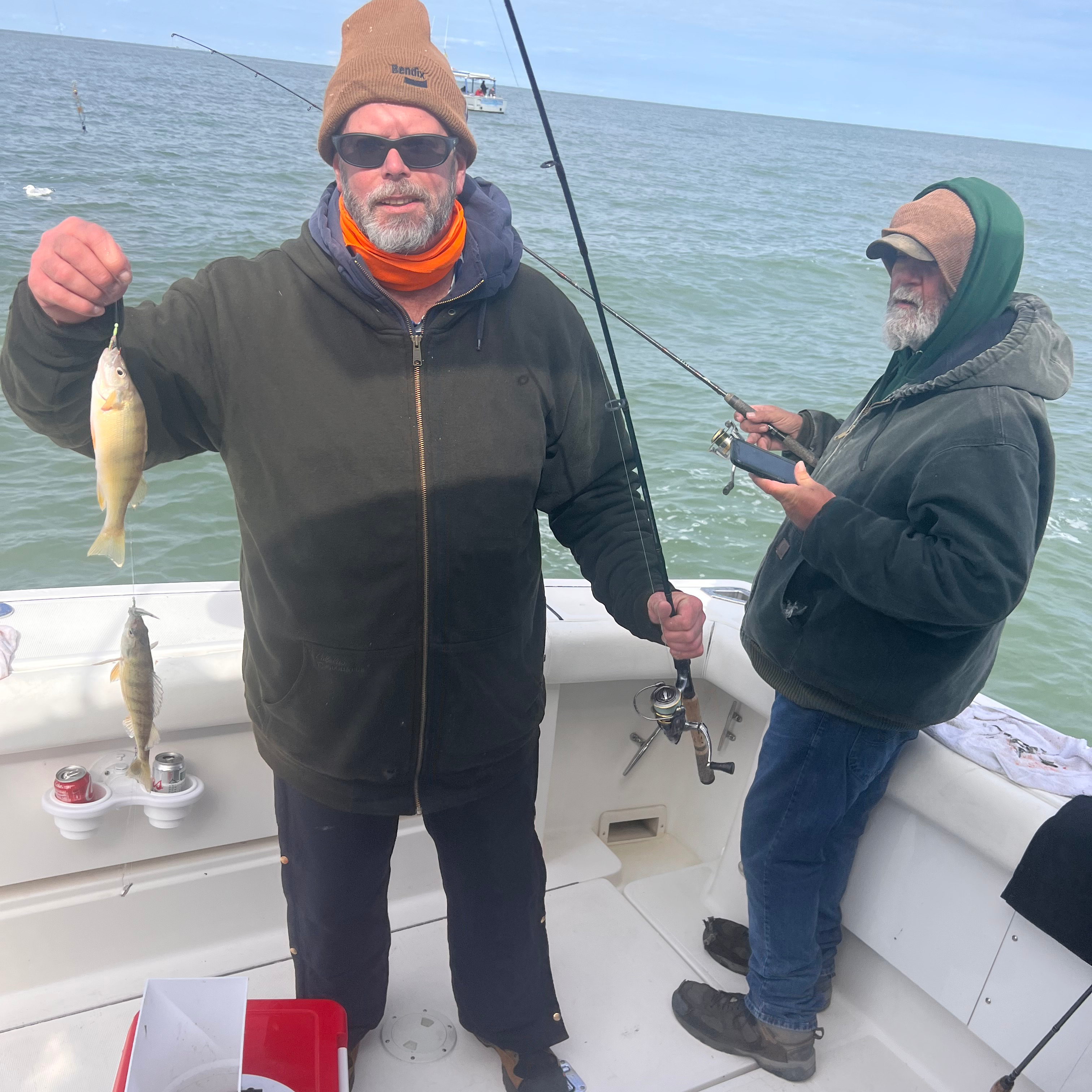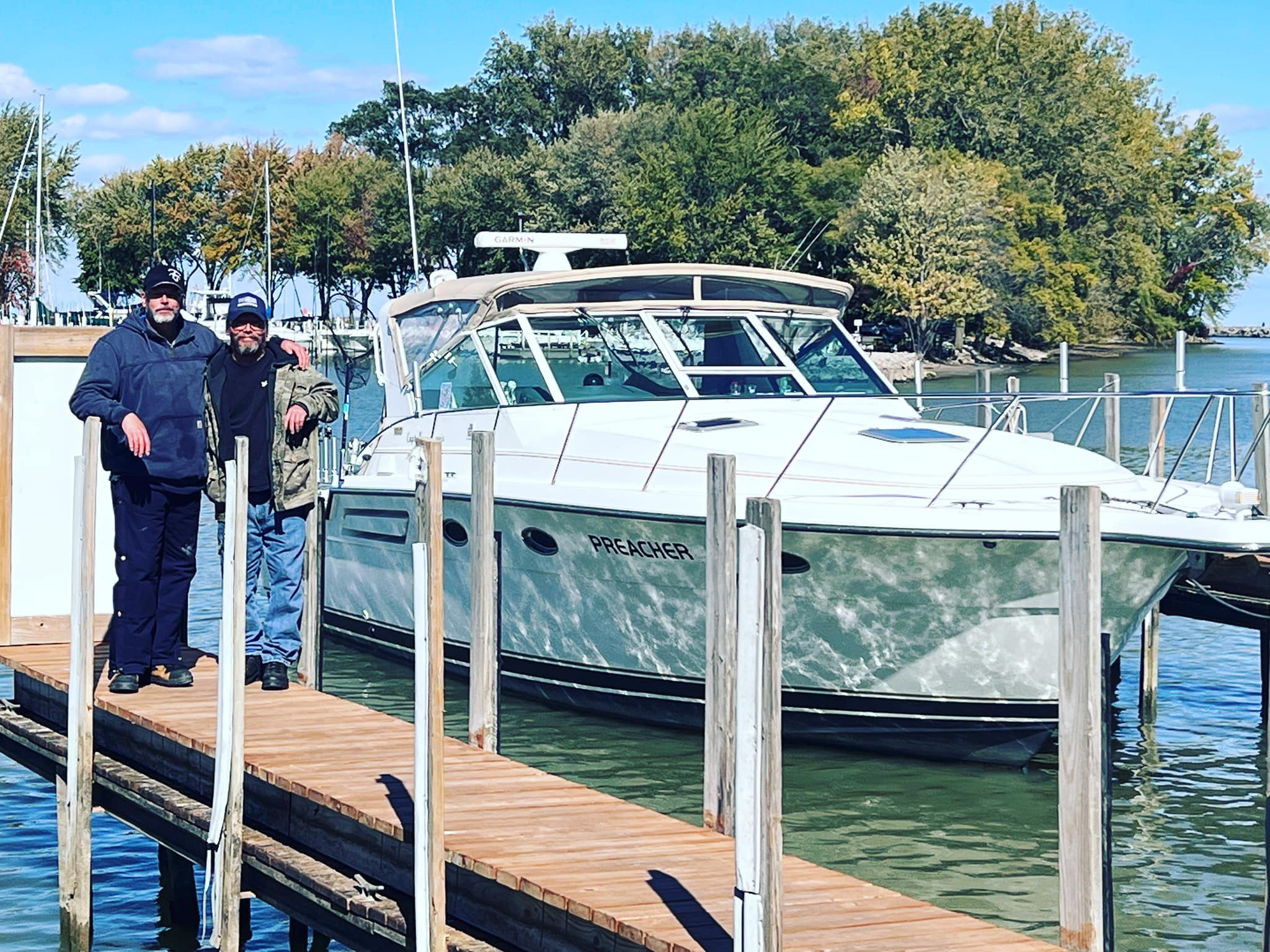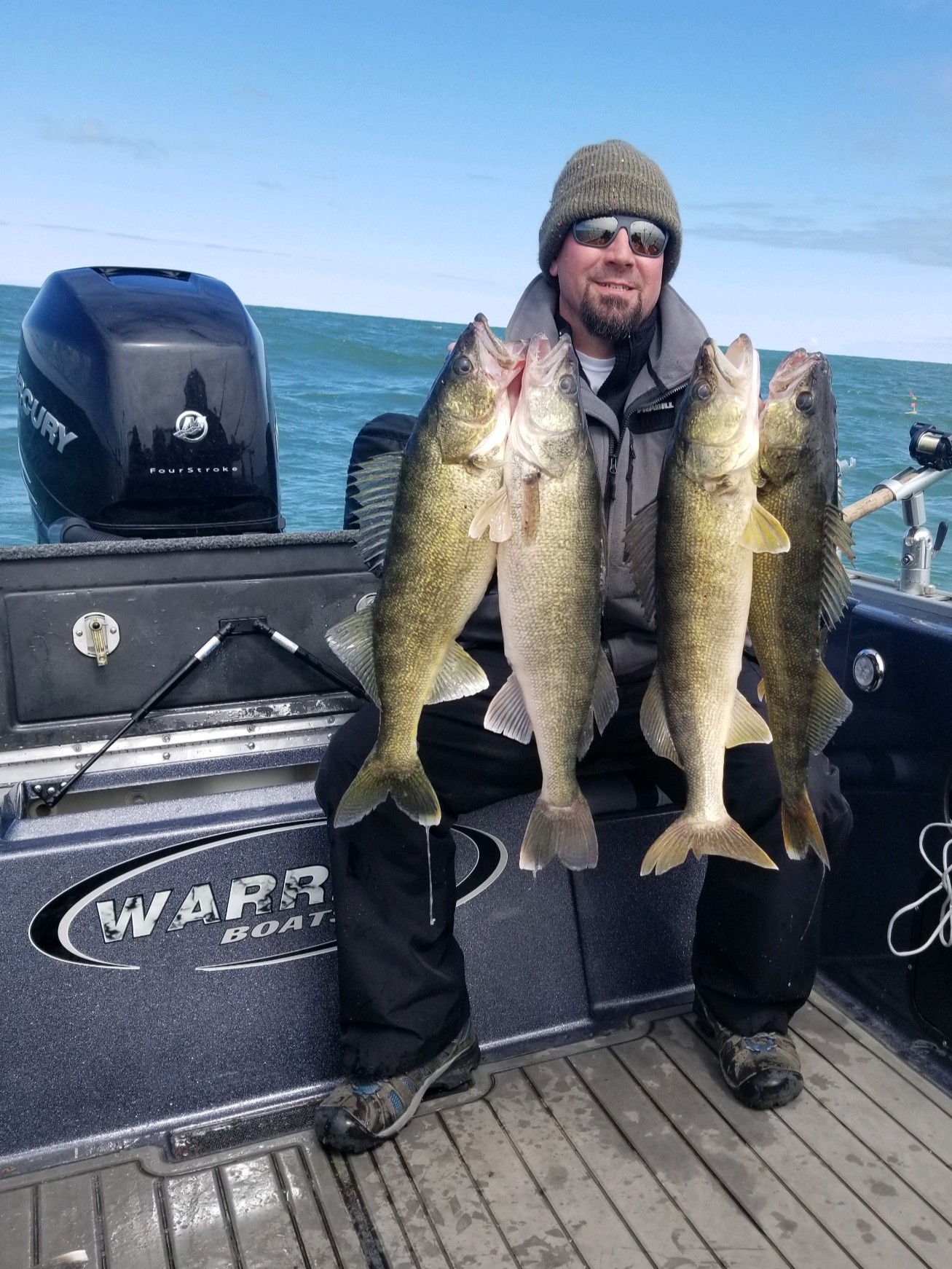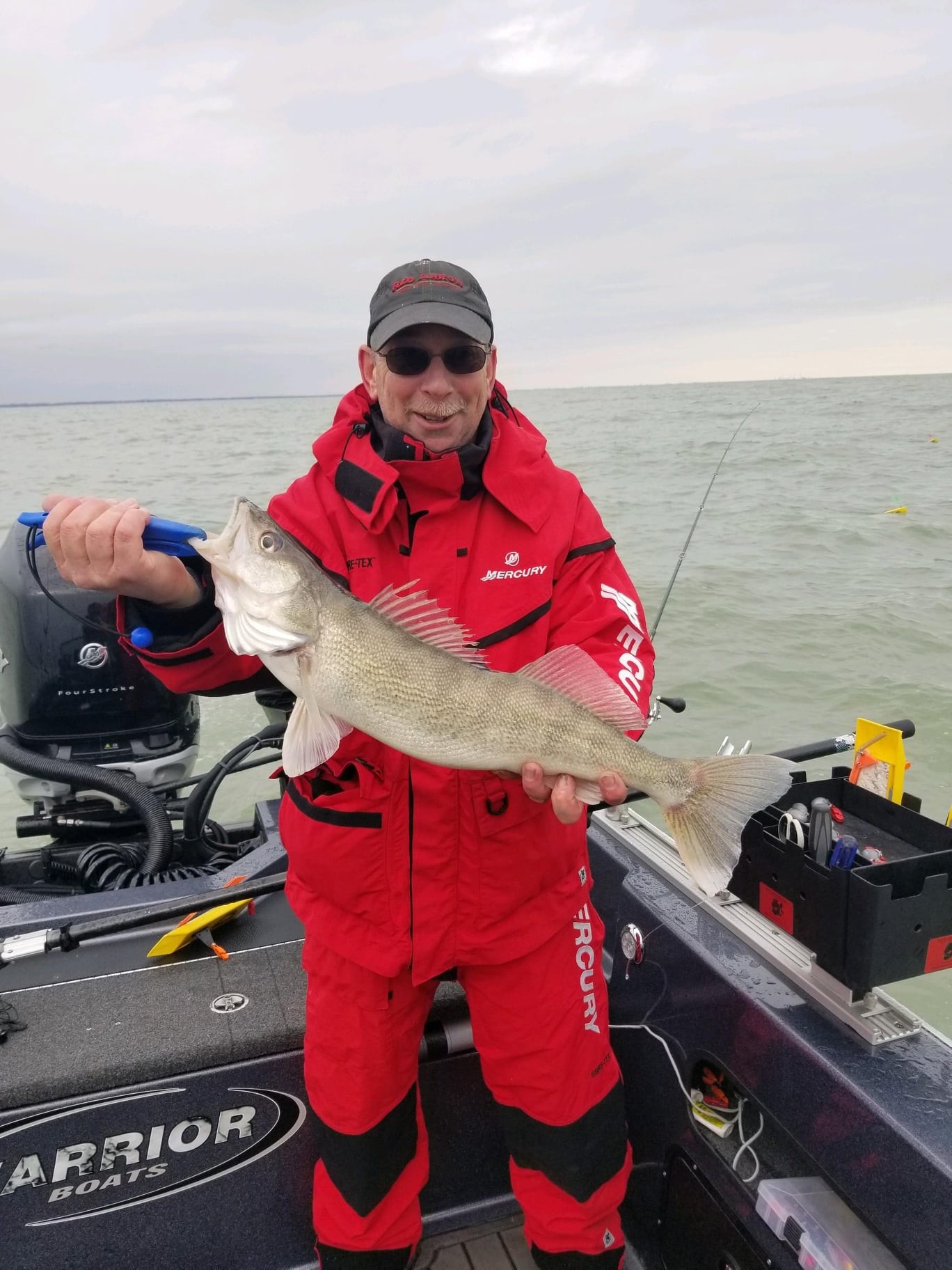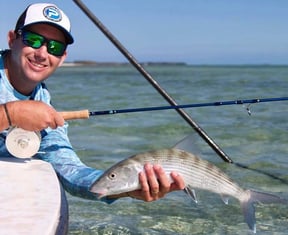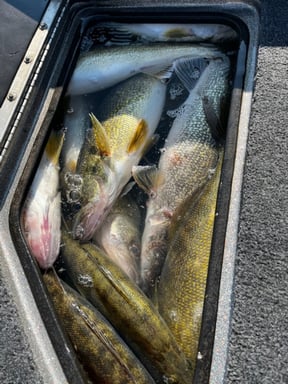Mille Lacs Open Water Trips.
Full Day 7 Hour Trip
River, Lake Fishing in Stanwood
Ice Fishing Michigan
Lake Fishing in Lakeside Marblehead
Full Walleye Charter – Lake Erie
Full Day Executive
Rogers Arkansas Fishing Trips
River, Lake Fishing in Welland
Full Day Fishing Charter
Cleveland /Lorain Trophy Walleye
Yellow Perch And Smallmouth
Half-Day Lake Erie Hook-Up
We started Captain Experiences to make it easy to book fishing and hunting guides around the world. With over 2,000 Damn Good Guides, our platform makes finding and booking a trip seamless. Head here to check out our trips.
What is Captain Experiences?
We’re on a mission to Unlock the Outdoors for everyone. With thousands of Damn Good Guides across the US and beyond, our platform makes booking quality, vetted guides quick and easy.
Check out our trips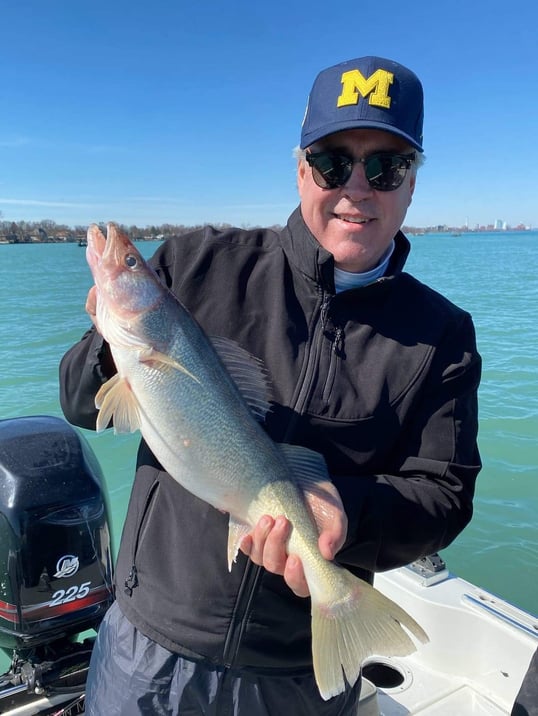
What is a Walleye
The walleye is a predatory freshwater fish native to the northern United States and Canada. It’s a close relative of the European zander which looks almost identical. Walleyes can live to around 30 years old but rarely make it past five years old in heavily fished areas. The appearance of walleyes varies from one body of water to the next. Typically, walleye found within the same watershed look very similar but are distinctly different from other nearby bodies of water. The species has been stocked throughout its native range and introduced to bodies of water beyond its native range for over 100 years. The mixing of different variations of walleye has reduced some of the differences between walleye found in separate regions. The walleye is occasionally called a “yellow walleye” to separate it from the blue walleye, a color morph that was previously found in southern Canada but is likely extinct.
Walleye Size
Walleyes grow to about 31 inches long, and can weigh up to 20 pounds. The largest walleye ever recorded measured a whopping 42 inches long and weighed 29 pounds. The growth rate of walleye will depend on where in their range they occur. Southern populations often grow faster than their northern counterparts and females being bigger than males. In North America, where they are highly prized, their typical size when caught is on the order of 30 to 50 cm (12 to 20 in), substantially below their potential size.
The Eyes of a Walleye
The name walleye is derived from its smokey eyes caused by reflective tissue behind the retina and gives it an opaque appearance. This unique feature allows walleye to see well in low-light conditions. The behavior of walleye is greatly impacted by light conditions. These fish will avoid bright light that impedes their vision, but low light allows them to feed fish that cannot see as well.
How to Catch Walleye
Walleye can be caught with a variety of tackle and techniques that are often shared with other common target species. Light tackle with a jigs, soft plastics, and/or live bait fished near the bottom or around dropoffs is one of the most common approaches. Another common technique is trolling with several rods in deeper water. Many of the same light tackle baits can be used behind a dipsy diver which is an angled disc the pulls the bait deep beneath the surface.
Due to their native range being in colder northern latitudes in Canada and the northern United States, walleye are frequently caught while ice fishing. Ice fishing for walleye and several other cool water species is one of the most popular winter traditions throughout these regions.
When and Where Walleye Bite
Their smokey eyes also give them an advantage in turbid waters whether it’s stained or rough. This is why walleye fishing suffers in clear bodies of water. Rough waters are beneficial to walleye which has caused anglers to coin the phrase "walleye chop." Walleye chop is used to describe winds of 6 to 16 mph, and is an indicator of increased feeding activity due to the conditions being advantageous to walleye. Their ability to see when other fish cannot allows them to ambush prey where other predators cannot hunt.
Catching Walleye in the Summer
When temperatures peak in the summer, walleye will typically retreat to deeper water. Drop-offs and deep structure are constantly one of the most effective strategies for hooking up with elusive summer walleye. Again, since walleye have excellent vision in low light environments, the peak bite is skewed toward dawn and dusk. With summer temperatures also being the coolest in the mornings and evenings this also means walleye may move above their deep water hangouts during the first and last hours of daylight.
Fall & Spring Walleye
In the spring and fall, walleyes are located near the shallower areas that they use as spawning grounds. Shallow areas also stir up debris and increase oxygen in the water which creates the perfect murky conditions for them to hunt. Look for water movement and structure in six feet of water in the fall and twelve feet on spring days. Walleyes can commonly be found suspended near shoreline dropoff in lakes and wing dams in rivers. These are the perfect conditions for walleye feeding grounds when water temperatures are transitioning. Gloomy days with extensive cloud cover are also inherently productive for catching walleye thanks to the reduced light levels. While walleye are often perceived as avoiding light, it’s more likely that they are just exploiting their advantageous eyesight.
Ice Fishing for Walleye
During early winter when ice has just become safe to fish, walleye will be found near shallow mud flats, bays, and edges that hold the last remnants of vegetation. Larger lakes tend to funnel walleye into bays and flats while smaller lakes and ponds are more productive on edges and nearshore dropoffs. When the ice is thick and winter is well underway, walleye will move to more classic open water structures like humps, ridges, and the edges of flats.
Walleye Management
The walleye’s popularity has led to strict regulations being put in place by state wildlife agencies to carefully manage them as a resource. Management practices include the use size limits, bag limits, and quotas to ensure that walleye populations remain stable throughout their range.
Are Walleyes Good to Eat?
Walleye are considered one of, if not the most delicious freshwater fish to eat. There is both a recreational and commercial fishery for walleye to support the demand for their meat. It is commonly fried and served as a sandwich in pubs across the midwest where walleye are firmly embedded in the culture.
Joey Butrus
Updated on June 22, 2023
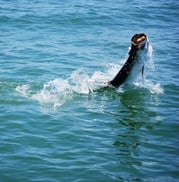
April 15, 2022
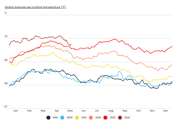
November 15, 2023
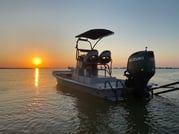
January 7, 2022
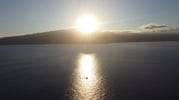
April 26, 2022
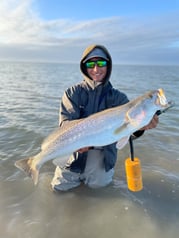
January 19, 2021
Related Articles
November 10, 2022
October 4, 2022
Featured Locations
- Fishing Charters Near Me
- Austin Fishing Guides
- Biloxi Fishing Charters
- Bradenton Fishing Charters
- Cabo San Lucas Fishing Charters
- Cancun Fishing Charters
- Cape Coral Fishing Charters
- Charleston Fishing Charters
- Clearwater Fishing Charters
- Corpus Christi Fishing Charters
- Crystal River Fishing Charters
- Dauphin Island Fishing Charters
- Daytona Beach Fishing Charters
- Destin Fishing Charters
- Fort Lauderdale Fishing Charters
- Fort Myers Fishing Charters
- Fort Walton Beach Fishing Charters
- Galveston Fishing Charters
- Gulf Shores Fishing Charters
- Hatteras Fishing Charters
- Hilton Head Fishing Charters
- Islamorada Fishing Charters
- Jacksonville Fishing Charters
- Jupiter Fishing Charters
- Key Largo Fishing Charters
- Key West Fishing Charters
- Kona Fishing Charters
- Lakeside Marblehead Fishing Charters
- Marathon Fishing Charters
- Marco Island Fishing Charters
- Miami Fishing Charters
- Montauk Fishing Charters
- Morehead City Fishing Charters
- Naples Fishing Charters
- New Orleans Fishing Charters
- New Smyrna Beach Fishing Charters
- Ocean City Fishing Charters
- Orange Beach Fishing Charters
- Panama City Beach Fishing Charters
- Pensacola Fishing Charters
- Pompano Beach Fishing Charters
- Port Aransas Fishing Charters
- Port Orange Fishing Charters
- Rockport Fishing Charters
- San Diego Fishing Charters
- San Juan Fishing Charters
- Sarasota Fishing Charters
- South Padre Island Fishing Charters
- St. Augustine Fishing Charters
- St. Petersburg Fishing Charters
- Tampa Fishing Charters
- Tarpon Springs Fishing Charters
- Venice Fishing Charters
- Virginia Beach Fishing Charters
- West Palm Beach Fishing Charters
- Wilmington Fishing Charters
- Wrightsville Beach Fishing Charters
